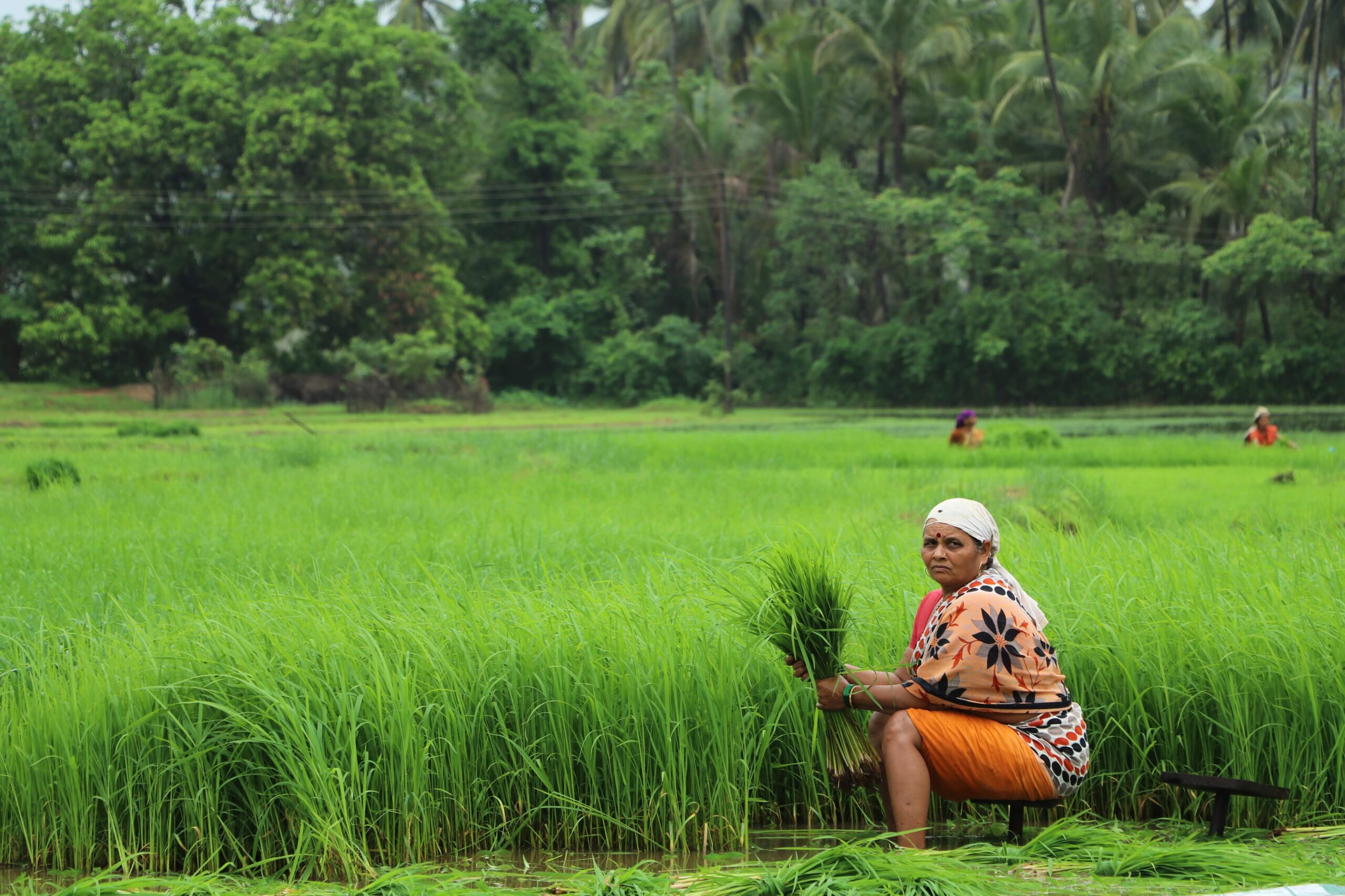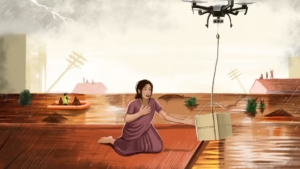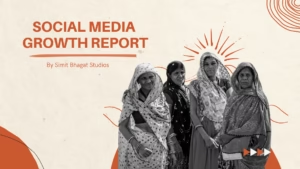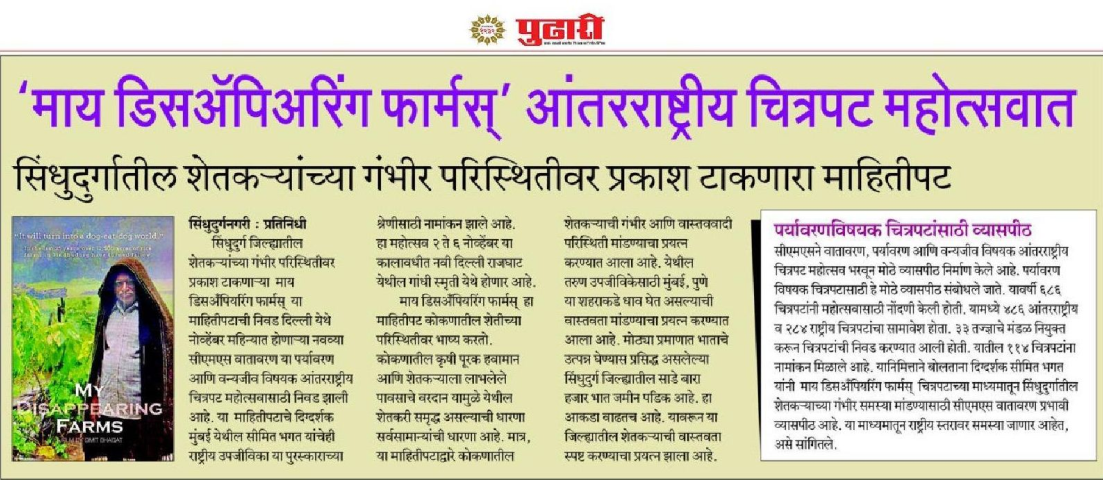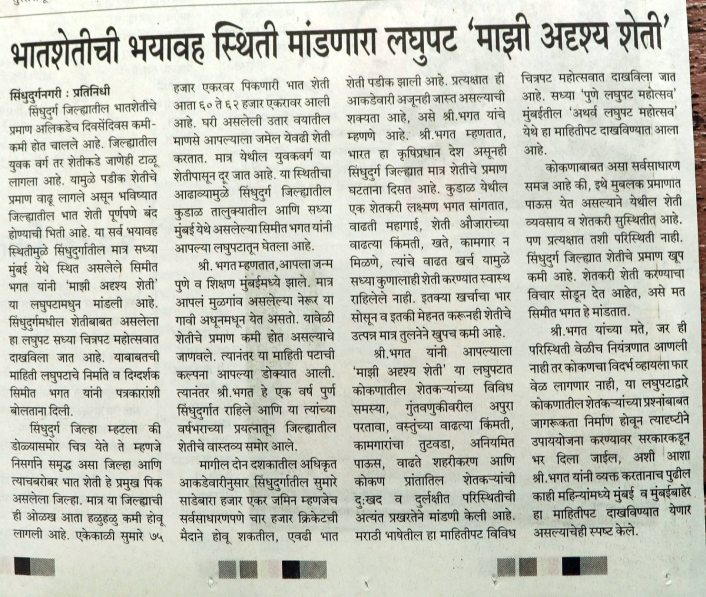In today’s visually driven world, nonprofits must leverage the power of a well-organised photo archive to communicate their mission and engage supporters effectively.
High-quality photos evoke emotions, spark conversations, and create lasting impressions. A well-curated photo archive is not a luxury for nonprofits; it has become an essential tool to communicate effectively.
As Mumbai-based senior photojournalist Prashant Nakwe puts it, ‘Backing up your work with proper visual documentation helps you connect with people.’
During a podcast conversation, he emphasises how photographs enable impactful storytelling.
So, let us look at why photo archives are crucial for nonprofits:
- Enhances Storytelling: Visuals have the unique ability to convey powerful narratives that resonate deeply with audiences. For instance, UNICEF’s ‘Every Child Alive’ campaign uses compelling imagery to highlight the challenges and triumphs in child healthcare.
- Strengthens Brand Identity: Visuals reinforce an organisation’s work and impact across all platforms, creating a strong brand identity. For example, CRY effectively maintains a cohesive visual presence across various social media platforms that emphasises child rights and community engagement.
- Boosts Engagement: High-quality visuals significantly enhance engagement in social media and marketing campaigns. WWF India, for instance, employs stunning wildlife photography to raise awareness about the issue they work on. It is also evident from their YouTube channel, where they achieve thousands of views almost every month.
- Supports Donor Engagement and Fundraising Efforts: Donors often require impactful photos from their grantees to showcase the work they are supporting. Compelling imagery also makes fundraising campaigns more impactful. Save the Children UK, for example, uses evocative visuals in their appeals and managed to raise £296 million (321 Cr) in 2022-23.
- Documents Impact: A well-curated photo bank serves as a chronicle of an organisation’s journey and milestones. The photo documentation work for the New Delhi-based nonprofit Child Survival India captures critical moments of work effectively.
How can nonprofits start their journey towards building a powerful repository of images?
- Collaborative Photo Collection: Encourage staff, volunteers and even beneficiaries to contribute to the photo archive, capturing authentic moments.
- Diversity and Representation: Strive for diverse representation in your photos, reflecting the various backgrounds and communities you serve. This demonstrates your commitment to inclusivity.
- Effective Keywording: Implement a robust tagging system to ensure easy retrieval of images, allowing for efficient searching and saving time in locating specific visuals.
- Build Staff Capacity: Powerful images do not always need advanced equipment. Promote basic photography skills among team members to capture candid, emotionally resonant moments.
- Ethical Practices: Always obtain explicit permission from photo subjects and ensure proper documentation to avoid any privacy issues.
Establishing a strong photo archive is a valuable investment in your nonprofit’s visual storytelling capabilities. Remember, a single image can convey more than a thousand words, especially when advocating for a cause you are passionate about.
Ready to elevate your storytelling? Reach out to us to have a conversation around this.

